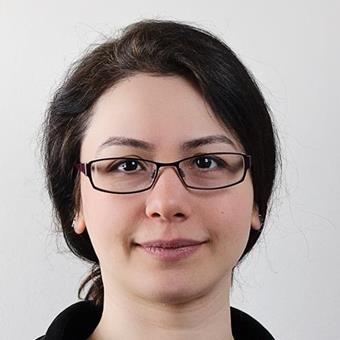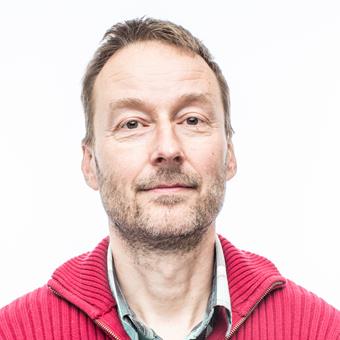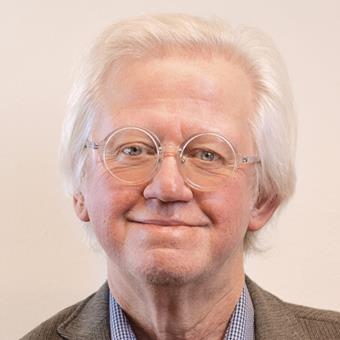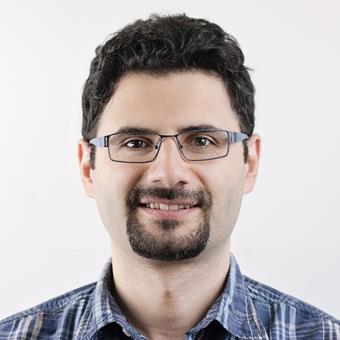In order to obtain the requested information - whether the result is an image to be qualitatively examined by a radiologist or a set of quantitative measurements - advanced mathematical algorithms are used to analyze the large amounts of data collected. An important part of the research in Biomedical Image Science is developing and evaluating such algorithms. In this research, knowledge and methods from several different fields are required, such as mathematics, physics, signal theory, computer science, machine learning - and of course medicine. Research is therefore usually conducted in collaboration between researchers from different disciplines.
Biomedical Image Science
Biomedical image science is a research area where new methods and techniques for depicting anatomy and function of the human body and its organs are developed. The area extends from imaging techniques, through methods of analysis and quantification of image information, to validation of new methods and image-based biomarkers.
Biomedical image science is a research area where new methods and techniques for depicting anatomy and function of the human body and its organs are developed. The area extends from imaging techniques, through methods of analysis and quantification of image information, to validation of new methods and image-based biomarkers.There are many different techniques for depicting the body. Some common examples are ultrasound, x-ray, computed tomography, magnetic resonance imaging and conventional optical (digital) photography. Different techniques can use completely different physical principles for imaging, but all can be seen as measuring instruments that collect a large amount of data describing the body's anatomical composition or other physical properties such as structure, concentration of different tissues or substances, or blood flow. The aim of the imaging is, in all cases, to find the relevant information in these data sets to answer a medical question. It can either be a clinical question that helps a doctor to diagnose or choose treatment for a patient, or a scientific question in a research study.
In order to obtain the requested information - whether the result is an image to be qualitatively examined by a radiologist or a set of quantitative measurements - advanced mathematical algorithms are used to analyze the large amounts of data collected. An important part of the research in Biomedical Image Science is developing and evaluating such algorithms. In this research, knowledge and methods from several different fields are required, such as mathematics, physics, signal theory, computer science, machine learning - and of course medicine. Research is therefore usually conducted in collaboration between researchers from different disciplines.
In order to obtain the requested information - whether the result is an image to be qualitatively examined by a radiologist or a set of quantitative measurements - advanced mathematical algorithms are used to analyze the large amounts of data collected. An important part of the research in Biomedical Image Science is developing and evaluating such algorithms. In this research, knowledge and methods from several different fields are required, such as mathematics, physics, signal theory, computer science, machine learning - and of course medicine. Research is therefore usually conducted in collaboration between researchers from different disciplines.












